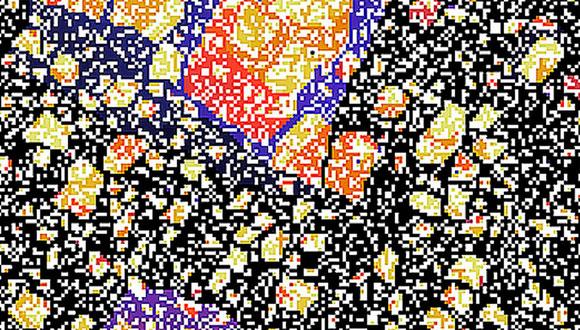Biological & Soft Matter Seminar: Mechanical phase transitions and elastic anomalies in fibrous networks
Fred MacKintosh, Rice University
Abstarct:
The mechanics of cells and tissues are largely governed by scaffolds of filamentous proteins. Particularly common examples of these are the collagen fiber networks of extracellular matrices. There is now increasing evidence that the mechanics of such fibrous structures are governed by underlying mechanical phase transitions reminiscent of the rigidity transition identified by Maxwell for macroscopic engineering structures: networks of struts or springs exhibit a continuous, second-order phase transition at the isostatic point, where the number of constraints imposed by connectivity just equals the number of mechanical degrees of freedom. By contrast, fibrous networks in 3D exhibit a line of critical transitions as a function of strain rather than connectivity. These transitions have shown remarkable richness, including non- mean-field critical behavior. We will present recent theoretical predictions and experimental evidence for such strain-controlled mechanical phase transitions in biopolymer networks, as well as some of the elastic signatures and anomalies such as unexpectedly large Poisson ratios and inverse Poynting effect governed by these transitions.


